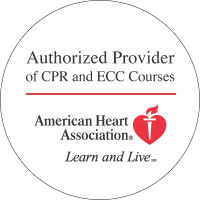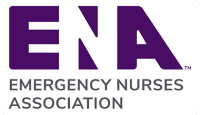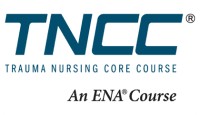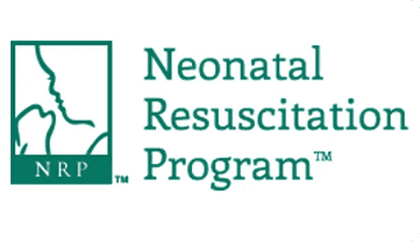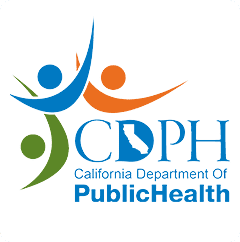Today, training for nearly any job or learning for any class can take a variety of forms. While lectures were once de rigueur for most of those studying for health care professions, students and professionals can now find a myriad of ways to learn about up-and-coming research, hone their life-saving skills and advance their careers. From online courses to apps, the sky seems to be the limit on educational materials. However, in the health care world, hands-on training still remains a priority for many who know that they will learn best if they are able to practice beforehand.
Does Simulated Training Really Help?
As you consider the style of learning that would best work for you as you seek healthcare certifications, simulated training sessions are probably high on your list. There will always come a point when it is your first time providing a certain type of life-saving care to patients, such as compressions or intubation. Therefore, knowing what to expect and having a chance to practice your skills first is incredibly important.
Today, the most popular way to practice hands-on tasks and the option that is widely acknowledged to be the best is the high-fidelity mannequin simulator, or HFMS. These mannequins are quite lifelike, and they can be modeled to respond to certain treatments and medications just as a real patient would. Not only does this keep actual patients safe as practitioners put their newfound skills to work, but also it helps clinicians gain confidence. Some studies have shown that mannequin simulators have the most promise in clinician training and can particularly be helpful when learning to treat critically ill patients, such as those who are coding.
The Benefits to Hands-on Training
Even to the uninitiated observer, hands-on training has some obvious benefits. First, trainees can practice important life-saving measures without risk to a patient. They will get instant feedback on the type of treatment that they choose. They will also learn how it feels to provide certain lifesaving measures, such as chest compressions.
Second, hands-on learning prepares trainees for a wide range of scenarios. From intubating a patient to giving medications and examining heart rhythms, computer-driven simulators allow individuals to learn in a controlled environment. As they work as a team, they will get practice in what these treatments are like in the real world.
Recognizing Training’s Shortfalls
While simulated training is certainly a vital part of healthcare certification programs, it should not be seen as the silver bullet. Practitioners must still keep up-to-date on their certifications if they want to maintain their skills as one study showed that many practitioners forget certain knowledge and skills within three to five months following certification or recertification classes.
At Project Heartbeat, our goal is to help all medical professionals get the healthcare certifications and continuing recertifications that they need to stay relevant in their careers. Whether you need to get a certification for your job or are looking for ways that you can advance your career, our in-person classes and hands-on training sessions will give you just what you need to make it to the next level. While there are always limits to how much any type of training session can help, we know that our cutting-edge options mirror the best that you can find around the country today.


